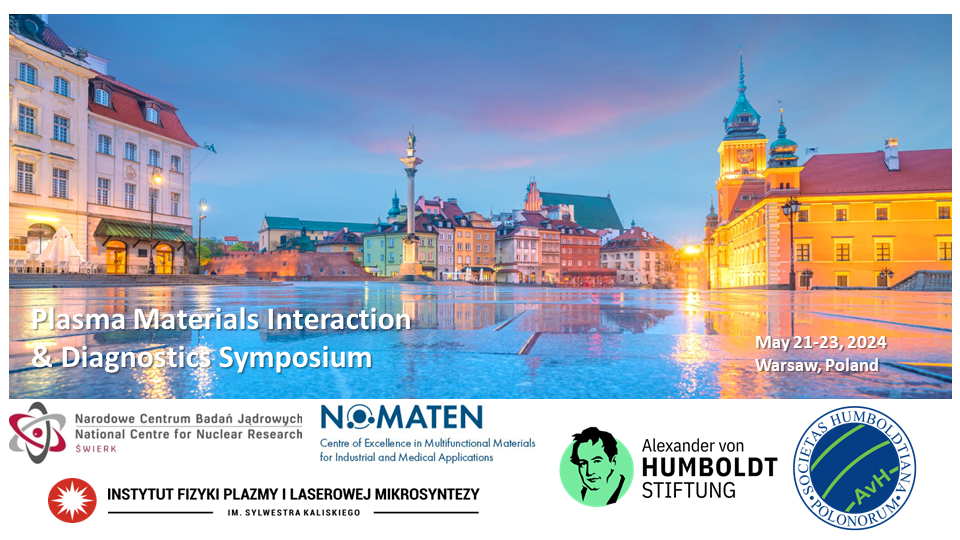Speaker
Description
In this talk, I will present results of molecular dynamics simulations of sputtering from W, Fe and Be surfaces by low-energy light ions including hydrogen isotopes, helium and nitrogen. Sputtering by low energy ions, especially at glancing incidence, is poorly modeled by the more efficient binary collision approximation (BCA) methods, yet is of paramount importance in the operation of a tokamak fusion device. At low energies, swift chemical sputtering processes lead to molecular species being sputtered, which results in non-zero sputtering yields below the theoretical threshold for physical sputtering, and also affects how the sputtered species interact with the plasma, hence correctly predicting these processes is crucial. I will discuss the effects of ion impact energy and angle, as well as surface structure and orientation, to highlight the conditions where the more accurate MD methods are preferrable over BCA model predictions.

